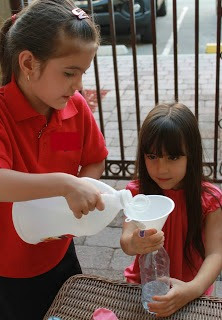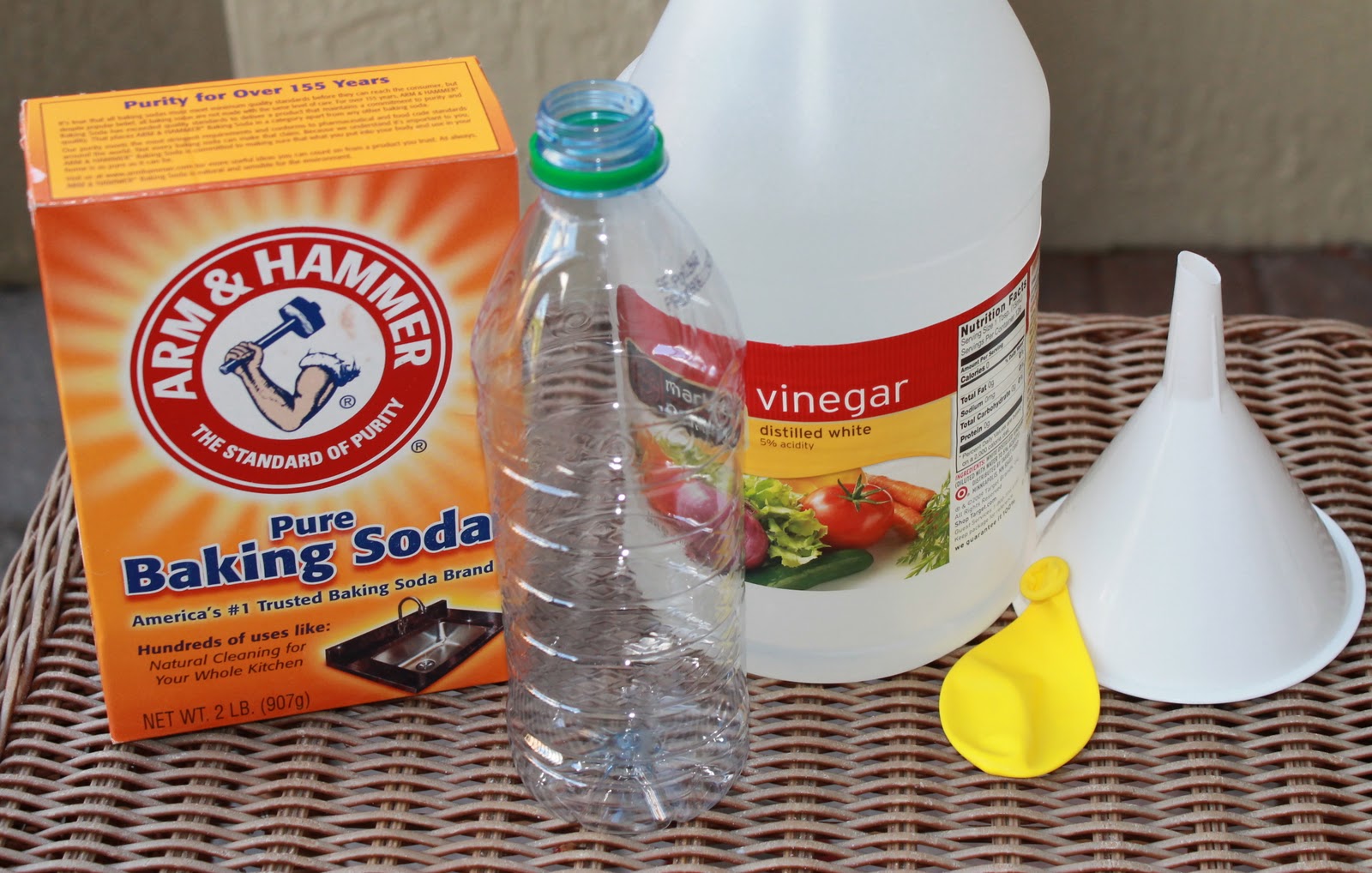1. What is Matter?
EVERYTHING IS MATTER!!
Everything, from the clothes you are wearing to the air you breath is matter. Matter is very important. Matter makes up everything including living things like plants and people. It also makes non-living things such as tables and chairs.
Everything is matter and matter comes in three different states: solid, liquid and gas.
That means that everything is either a solid, a liquid, or a gas. Each state has properties.
2. What does property mean?
Each state
A property describes how an object looks, feels, or acts. So that means that liquids look, act, or feel differently than solids or gases.
One property of all matter, whether it's a solid, liquid, or gas, is that it takes up space and has mass.
To help you decide if something is a solid, a liquid or a gas, you need to know the properties, (how it looks, acts or feels) of these three states.
3. What are the properties of a solid?
1. Solids DON'T CHANGE SHAPE easily.
2. Solid particles VIBRATE.
3. Solid particles are CLOSE TOGETHER.
4. What are the properties of liquids?
1. Liquids take the shape of their container.
2. Liquids particles are a little bit apart and move around. The particles in liquids are farther apart than those of solids, so they can move around more. That's why liquids take the shape of their container.
Sometimes you can change a solid into a liquid. Click on this link to find out how
5. What are the properties of gas?
1. Gas is invisible. That means you can't see it. The particles are so far apart they are invisible, but they are still there! Think about oxygen. You can't see it, but you know it's there because you breath it.
2. Gas particles move around freely. They are spread out move fast, like when you are running on the playground at recess.
Question: What is the gas you inhale (breath in)?
What is the gas you exhale (breath out)?
Sometimes you can turn a liquid into a gas. Click on this link to find out how.
| THE PARTICLE MODEL VIDEO The particle model Solid, liquid and gas particles | |
| SOLID, LIQUID AND GAS | More information about properties solid, liquids and gas |

FIND THE MELTING AND FREEZING POINTS OF MATERIALS
CHANGING STATE
CHANGING STATE
COOLING FREEZES A LIQUID INTO A SOLID
==
==
HIGHEST MELTING PO
SCIENCE EXPERIMENTWe want to prove that the particles in a gas are dispersed.Scientific Question: Are the particles in a gas more dispersed than the particles in a liquid?What You need:
| ||||
| 30 gr of bicarbonate of soda, 25ml of vinegar, a bottle, a balloon, a funnel, | scales | and a measuring cylinder. |
WHAT TO DO:
| First, measure the 30 gr of bicarbonate of soda using the scales. . | Then, measure the 25ml of vinegar using the measuring cylinder |
 |  |  |  |  |
| Next, using your funnel pour vinegar into your bottle. | You only need to fill about 1/3 of the bottle. | Then, put baking soda into your balloon. Fill the balloon approx. 1/2 way. | Cover the top of the bottle with you balloon. Make sure you don't let the baking soda spill into the bottle too fast. | When ready, lift your balloon and let the bicarbonate of soda fall into the vinegar. |
RECORD YOUR RESULTS.
WRITE YOUR CONCLUSIONS.
EXPERIMENT CONCLUSIONS
OBJECTIVES YEAR 5
WATER TOPICI can label water processes in the water cycle.MATTER AND CHANGES OF STATEI can write the three states of matter.
I can identify the three states of matter by the behaviour of the particles.
I can draw how the particles will be organised in the three states of matter.
I can predict what will happen to the water when we change its temperature.
I can recognise that the balloon inflates because of the gas.
I can draw a particle picture to explain what happens to the balloon.
I can explain in writing why the balloon inflates when we produce a gas.
BANDS OF ATTAINMENT
INT.
REVERSIBLE AND IRREVERSIBLE CHANGES
Science clips experiment
EXPERIMENT:MAKING CRISPY CAKES
PROPERTIES OF MATERIALS
PROPERTIES WORKSHEETS
DISSOLVING
IRREVERSIBLE CHANGES
RESOURCES

No hay comentarios:
Publicar un comentario